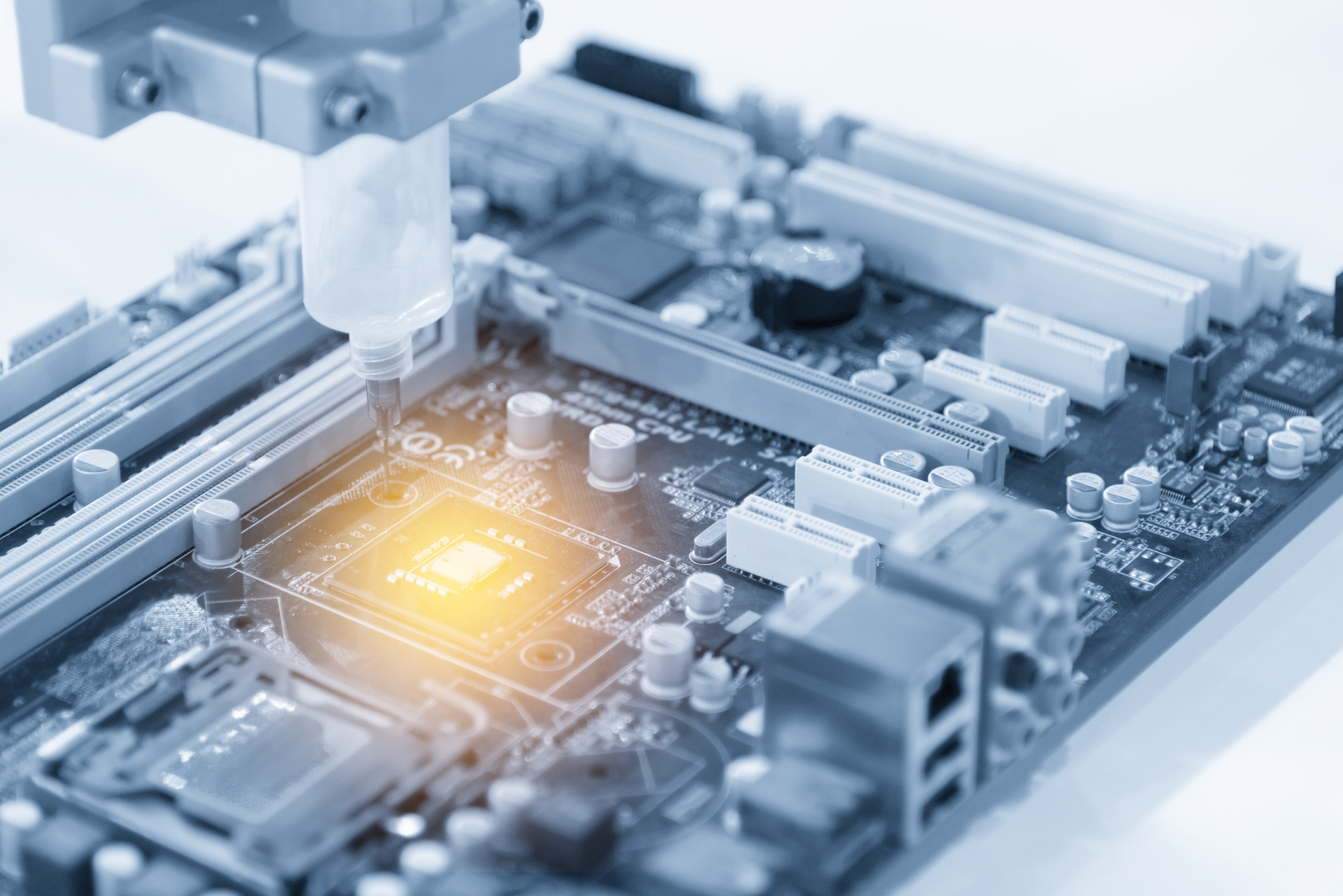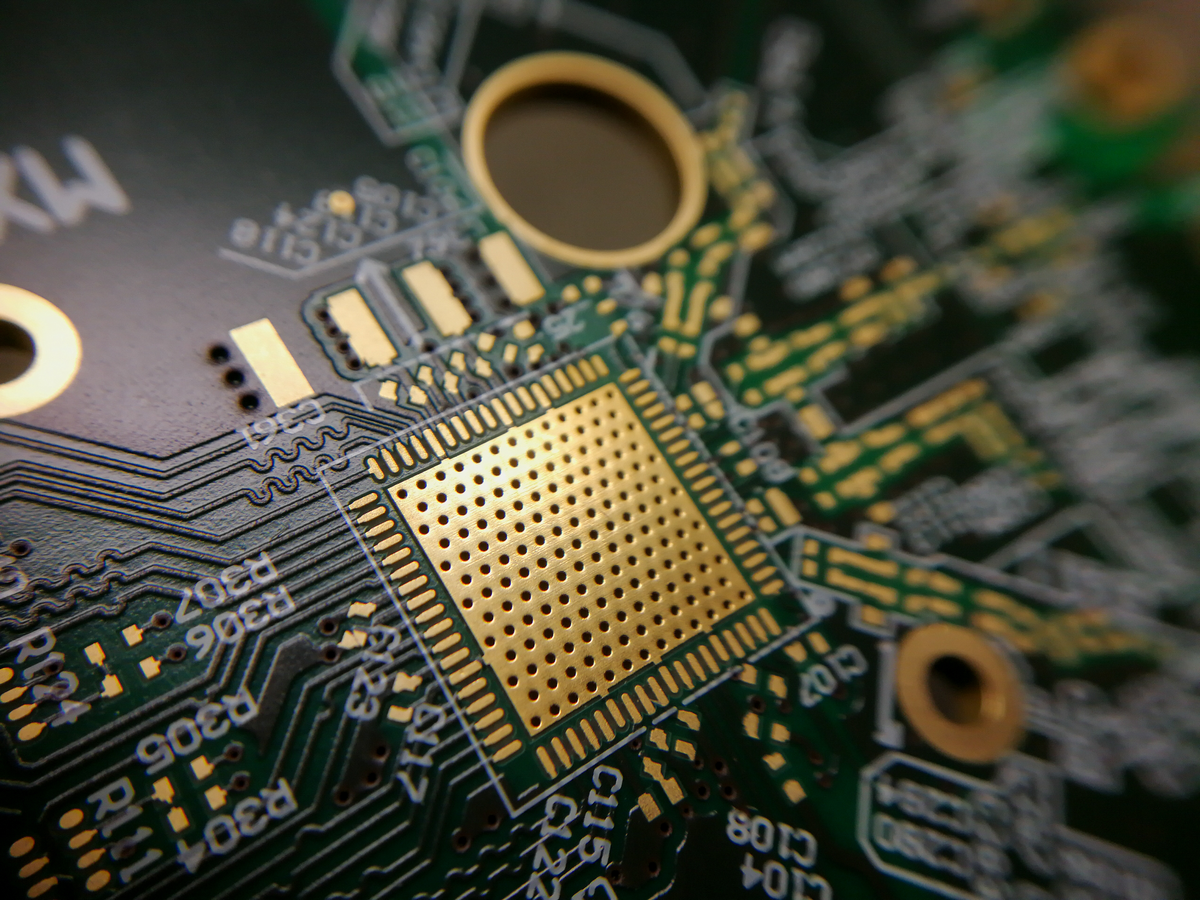
Industrial / Embedded


There is hardly an industrial sector which does not use embedded systems. The ticket machine at the bus stop today has more computing power than a three-year-old home PC! Computer-aided robots dominate the production of many goods. Computer systems designed to make life easier surround us in almost every aspect of our day-to-day. These systems were operated with SRAM (static RAM) and small flash memory (EEprom, NOR Flash) in the early days; however, SDRAM was quickly adopted for use in the more powerful systems.
In the mid-00’s, when the first embedded processors had DDR2 interfaces, many developers immediately went to DDR2 when redesigning SDRAM. DDR1 was often skipped, so DDR1 never played a pivotal role in the industrial market. DDR3L is mainly used in today's embedded systems, usually organized as x16. This technology is in active production by many manufacturers and is therefore a safe bet with regard to long-term availability, an area of importance in the industrial sector. In industrial sector applications where very high performance is required, there is a trend towards LPDDR4 technologies. This is analogous to developments in the automotive sector, where LPDDR4 and soon LPDDR4X will be used for future projects.
In the flash segment, we see a clear trend in the industrial market towards EMMC products, which are replacing SLC-based NAND flash technologies at an increasing rate. For smaller flash memory there has been a clear trend from parallel to serial NOR flash, which is much easier to handle due to the lower complexity and pin count in the design.
Typical applications for memory solutions in the industrial sector include industrial PCs, imaging systems, data acquisition, industrial controls, equipment and machine control, and rugged electronics.
